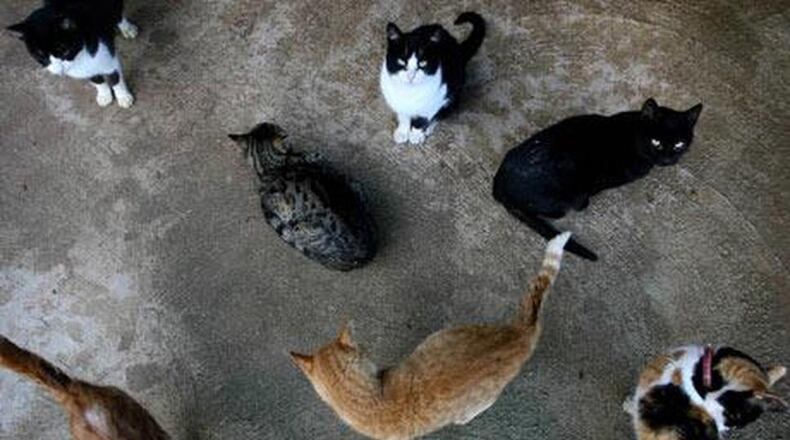MORE: Kettering to vote on new partnership with SICSA for stray cats
In addition to Kettering, ARC also will no longer accept stray cats from Huber Heights, Englewood, Union, Five Rivers MetroParks, Germantown, West Carrollton, Moraine, Vandalia and Brookville, according to Brianna Wooten, director of communications and external affairs for Montgomery County.
Kettering City Manager Mark Schwieterman told council the ordinance is being adopted as an emergency because it needs to be in place before the start of the spring mating season.
The Community Cat Trap/Neuter Return Policy now allows the city to move forward with a partnership with the Society for the Improvement of Conditions for Stray Animals (SICSA) to deal with stray cats.
MORE: Gov. DeWine calls for $900 million for water protection projects
Nora Vondrell, executive director of SICSA, told the Dayton Daily News that when the city receives a report of a stray cat, the community services officer locates and traps the cat. SICSA then will spay or neuter the cat, and if it’s healthy and friendly, will place the cat up for adoption.
“This will cut down on the unnecessary euthanization of cats,” Vondrell said.
If SICSA doesn’t have room for stray cats, the cat will have an ear clipped as a form of identification that they’ve been spayed or neutered and will be released where it was trapped. If the cat’s owner can be identified, then it will be returned to its owner.
Kettering has an ordinance prohibiting cats from roaming or being loose outdoors. Cats left on the loose could be considered stray.
Through the end of November, the Kettering Police Department trapped or otherwise obtained 156 cats — an average of 14 per month, according to Kettering Police Chief Chip Protsman.
“If these numbers are consistent in 2019, the city will pay for approximately 168 cats to be spayed or neutered,” he told city officials. “At an approximate cost of $45 each, this would result in a total expenditure of $7,560.”
Schwieterman told council members the ordinance also clarifies that the owners of dangerous and nuisance dogs must obey the conditions for keeping them that are found in the Ohio Revised Code chapter 955. The code lays out the rules regarding issues from registration to parameters for ownership of dogs that fit the description.
About the Author
